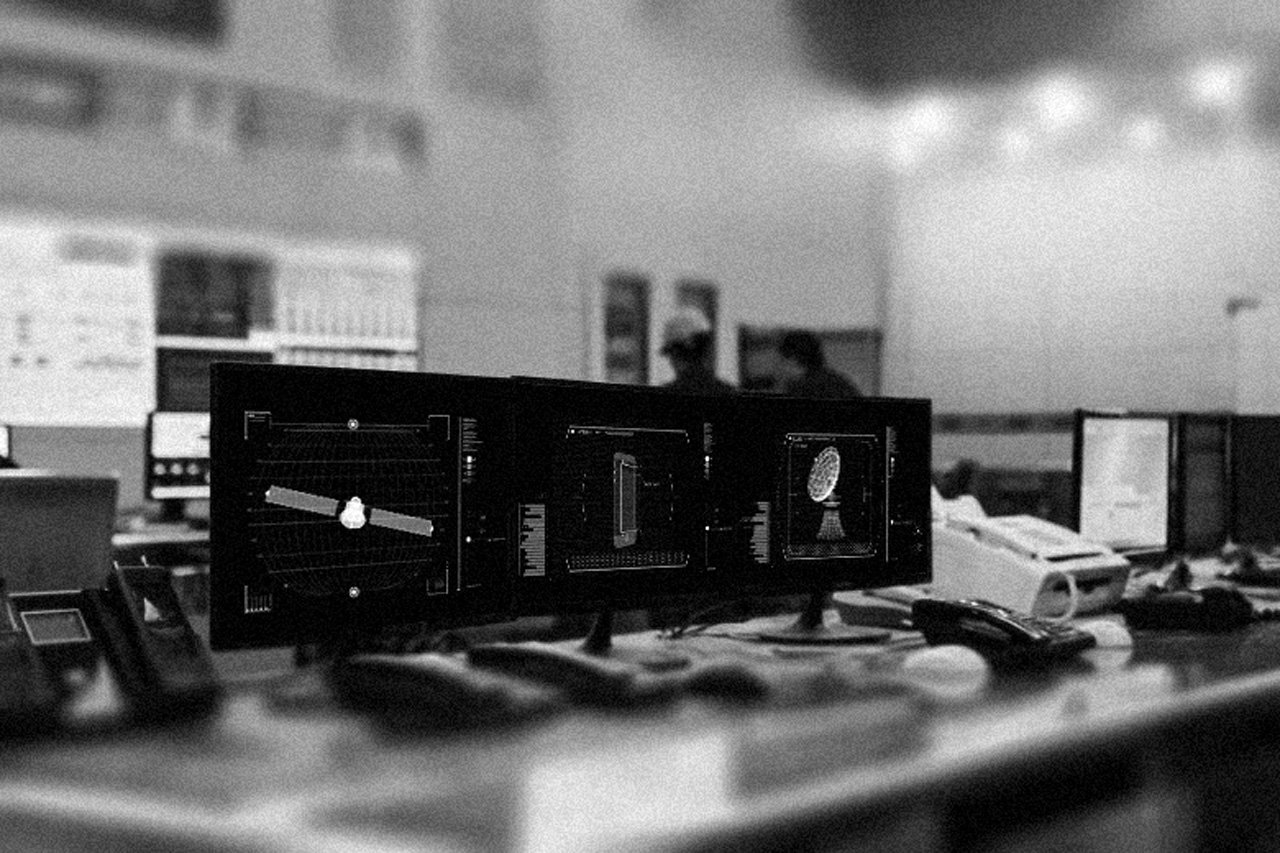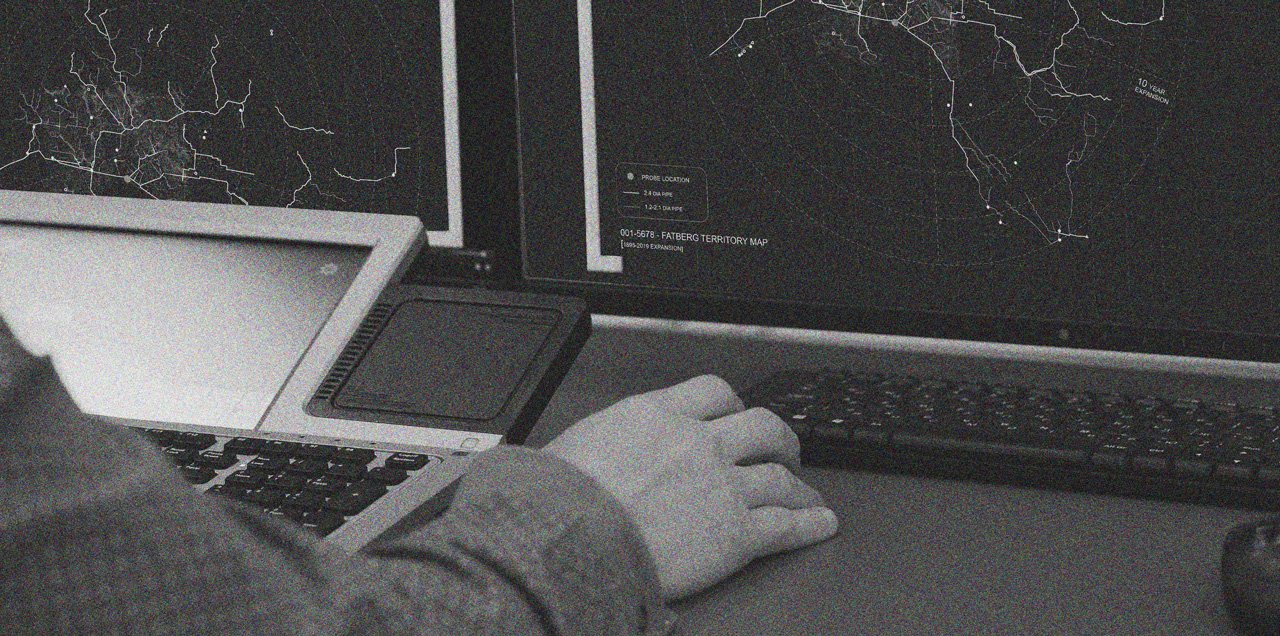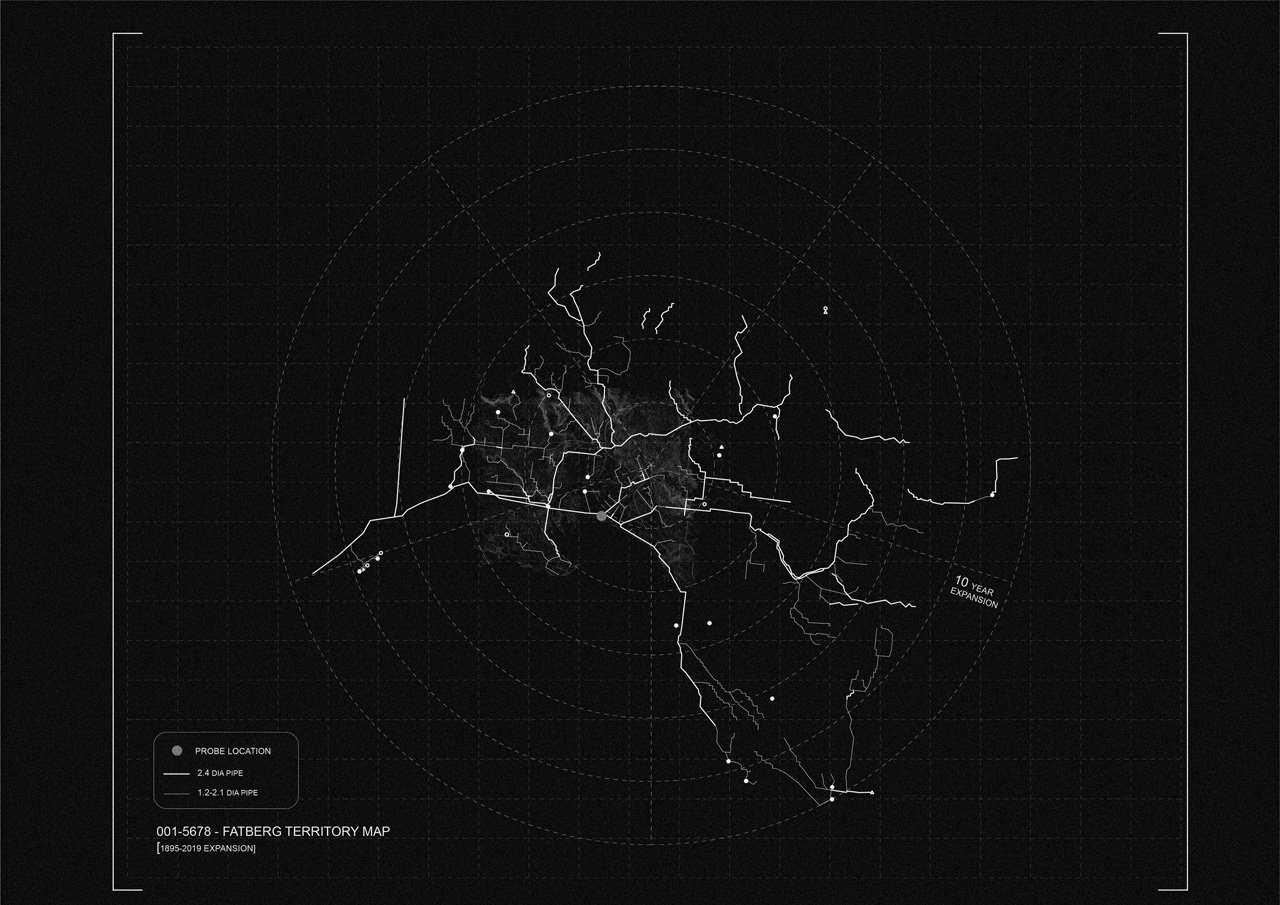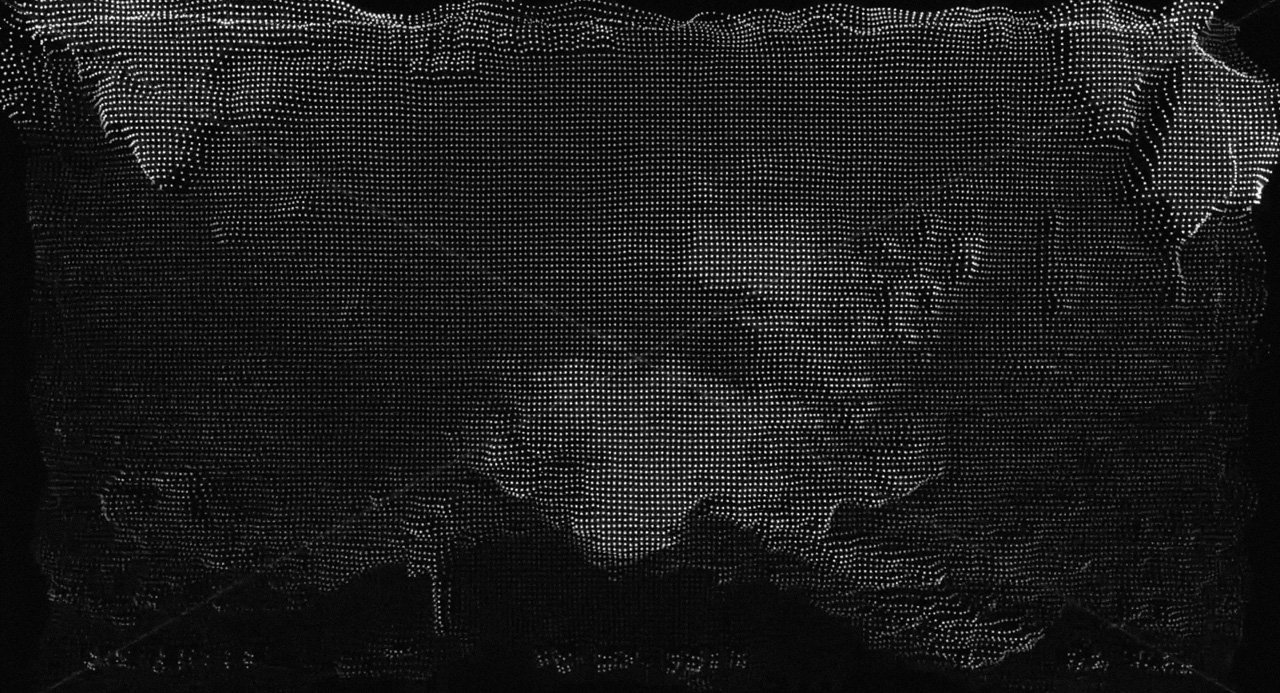Fatberg: Material Ecologies and the Complexities of Waste
Dr. Bridget Keane and Dr. Rosalea Monacella
View chapter information here
In this project, we explore the phenomenon of the fatberg as simultaneously a residue, symptom, and material being that exposes the inextricable amalgamations of infrastructure, lifestyle products, human by-products, matter, movement, and time. As a complex aggregation of the city, the fatberg defines a landscape that evades description and representation in simple picturesque terms as such; instead, its story is told through multiple narratives from both a position “within,” and “outside,” the ecosystem.
The fatberg is a living indicator of the urban condition from its deep interiority of the toxic, dangerous, dirty, and yet sublime landscapes of the city. The emergent entity links multiple narratives and systems, while forming and consequently representing its evolving form at any particular moment in time. When trying to capture the formless mass, its identification only occurs through a multiscalar series of perspectives that become redundant as soon as it is mapped and imaged. A survey of the territory reveals the connections of the fatberg by employing the drawn language reflective of each narrative thread. The fatberg is not an isolated event; it is an entity that is neither the environment nor an isolated object. It is the transformative, galvanizing relationships between all. The dynamic ecosystem is the territory at large.
From the outside, we follow the Residue Management Taskforce (RMT - a fictional construct of a dysfunctional organizational unit for the surveillance of decaying medieval infrastructures) as they survey the internal territory of the fatberg. The ecosystem will be pieced together via visual devices, such as the terrestrial scan, the x-ray, monitor, the map, the camera, the probe, the microscope, and firsthand accounts at multiple scales to produce a range of representative states of the fatberg.
Variations of Fatberg project were discussed at “Quite Frankly: It's a Monster Conference“and published in Digital Draw Connections springer) and Strelka Mag.





